Toronto, a city where the CN Tower pierces the sky and the streets hum with a symphony of languages, is more than just Canada’s largest metropolis—it’s a living, breathing mosaic of neighborhoods, each with its own heartbeat. From the cobblestone charm of Old Toronto to the kaleidoscope of cultures in Kensington Market, this city is a treasure trove of stories waiting to be told. But what makes these neighborhoods so special? Why do they captivate the hearts of locals and visitors alike? Renowned urbanist Jane Jacobs once called Toronto "a city of neighborhoods," and she wasn’t wrong. Authors like Margaret Atwood have immortalized its streets in literature, while researchers like Richard Florida have studied its unique urban dynamics. In this article, we’ll peel back the layers of Toronto’s six most iconic neighborhoods, uncovering their history, culture, and the magic that makes them unforgettable. Whether you’re a Torontonian rediscovering your city or a traveler planning your next adventure, this guide is your passport to the soul of Toronto.
Old Toronto: The Historic Heart
Step into Old Toronto, and you’re stepping into the city’s past. This neighborhood, the birthplace of Toronto, is where history whispers from every corner. Founded in the late 18th century, Old Toronto was once the bustling heart of the city, and it still holds that title today. Landmarks like the Distillery District, with its cobblestone streets and 19th-century industrial architecture, and the iconic St. Lawrence Market, a foodie paradise since 1803, are testaments to its enduring legacy. But Old Toronto isn’t just a relic of the past—it’s a vibrant, living neighborhood where history meets modernity. The CN Tower, one of the world’s tallest freestanding structures, and the Rogers Centre, home to the Toronto Blue Jays, are symbols of the city’s forward momentum.
What makes Old Toronto so special? It’s the perfect blend of old and new. You can stroll through historic streets lined with Victorian buildings, then grab a bite at a trendy bistro or catch a game at the Rogers Centre. The neighborhood’s walkability is a huge draw—everything is within reach, from cultural events to world-class dining. Whether you’re a history buff, a foodie, or just someone who loves to explore, Old Toronto has something for everyone. It’s a neighborhood that invites you to slow down, look around, and soak in the stories etched into its streets.
The Annex: A Cultural Melting Pot
If Toronto were a university campus, The Annex would be the cool professor who knows all the best coffee shops. Nestled just north of downtown, this neighborhood is a vibrant mix of academia, art, and architecture. Its proximity to the University of Toronto makes it a hub for students, intellectuals, and creatives. Think of it as the brainy yet artsy cousin of Toronto’s neighborhoods.
One of the crown jewels of The Annex is the Royal Ontario Museum (ROM), a place where history, art, and science collide. Whether you’re marveling at dinosaur skeletons or exploring ancient artifacts, the ROM is a must-visit. Just down the street, the Bloor Street cultural corridor offers a mix of galleries, theaters, and indie bookstores. It’s like a buffet for your brain and soul.
But The Annex isn’t just about culture—it’s also about charm. The streets are lined with Victorian and Edwardian homes, each with its own personality. Walking through this neighborhood feels like stepping into a postcard, except the houses are real, and so are the people. Speaking of people, The Annex is home to a diverse community of students, artists, and professionals. It’s the kind of place where you might overhear a heated debate about philosophy at a café or stumble upon a pop-up art show in someone’s backyard.
Why visit The Annex? For starters, it’s a feast for the senses. From the eclectic mix of bookstores and cafes to the lively theater scene, there’s always something to explore. Plus, it’s a great place to people-watch. You never know who you might bump into—maybe a future Nobel Prize winner or a local musician on the rise. So grab a coffee, take a stroll, and let The Annex work its magic on you.
Kensington Market: A Bohemian Paradise
If Toronto had a hippie aunt who traveled the world and brought back souvenirs, it would be Kensington Market. This neighborhood is a kaleidoscope of colors, cultures, and cuisines. It’s the kind of place where you can buy vintage clothes, sample international street food, and listen to live music—all in the span of an hour. Kensington Market is Toronto’s bohemian paradise, and it’s as quirky as it sounds.
The neighborhood’s roots trace back to the early 20th century when it was a hub for Jewish immigrants. Over the years, it has welcomed waves of newcomers, including Portuguese and Caribbean communities. Today, Kensington Market is a melting pot of cultures, and it shows in everything from the food to the festivals. Walking through the market feels like taking a trip around the world without leaving the city.
One of the highlights of Kensington Market is its vibrant street life. The walls are covered in colorful murals, and the streets are lined with vintage shops, record stores, and international food stalls. On Sundays, the neighborhood comes alive with pedestrian-only streets, making it the perfect place to wander and explore. Whether you’re hunting for a unique piece of clothing or craving a taste of something new, Kensington Market has you covered.
Why visit Kensington Market? It’s simple: it’s unlike anywhere else in Toronto. The neighborhood’s offbeat vibe and culinary diversity make it a must-visit for anyone looking to experience the city’s creative side. Plus, it’s a great place to escape the hustle and bustle of downtown and soak in some local flavor. So put on your walking shoes, bring your appetite, and get ready to fall in love with Kensington Market.
Yorkville: Luxury and Glamour
Once a bohemian haven in the 1960s, Yorkville has transformed into Toronto’s epicenter of luxury and sophistication. This neighborhood, nestled in the heart of the city, is a playground for the affluent, offering high-end shopping, fine dining, and cultural landmarks. But how did this area evolve from a hippie hotspot to a glamorous destination? Let’s dive into the story of Yorkville and discover what makes it a must-visit for anyone seeking a taste of Toronto’s upscale lifestyle.
From Hippie Haven to High-End Hub
In the 1960s, Yorkville was the heart of Toronto’s counterculture movement. Artists, musicians, and free spirits flocked to its streets, creating a vibrant scene of coffeehouses, folk music, and anti-establishment activism. Iconic venues like the Riverboat Coffee House hosted legends like Joni Mitchell and Gordon Lightfoot. However, by the 1970s, the neighborhood began to shift. Upscale boutiques and luxury condos replaced the bohemian hangouts, and Yorkville emerged as a symbol of affluence and exclusivity.
Cultural Landmarks
Today, Yorkville is home to some of Toronto’s most prestigious cultural institutions. The Royal Ontario Museum (ROM) stands as a testament to the neighborhood’s commitment to art and history. Its striking architecture and world-class exhibits attract millions of visitors each year. Another highlight is the Toronto International Film Festival (TIFF), which transforms Yorkville into a star-studded destination every September. The festival’s headquarters, the TIFF Bell Lightbox, is a hub for film lovers and industry professionals alike.
Yorkville’s streets are lined with designer boutiques, from Chanel to Gucci, making it a shopper’s paradise. Fine dining is also a hallmark of the neighborhood, with restaurants like Café Boulud and Scaramouche offering culinary experiences that are as exquisite as they are memorable.
Why Visit?
Yorkville is the perfect destination for those who appreciate the finer things in life. Whether you’re strolling through its tree-lined streets, indulging in a shopping spree, or enjoying a gourmet meal, this neighborhood exudes elegance and sophistication. It’s a place where luxury meets culture, creating an experience that’s uniquely Toronto.
The West End: Artistic and Trendy
If Yorkville is Toronto’s crown jewel of luxury, the West End is its beating heart of creativity. This vibrant area, encompassing neighborhoods like Queen West and Parkdale, is a haven for artists, musicians, and trendsetters. Known for its eclectic street art, indie boutiques, and buzzing nightlife, the West End is where Toronto’s artistic soul comes alive. But what makes this neighborhood so special? Let’s explore the West End and uncover the secrets behind its enduring appeal.
Creative Communities
The West End has long been a magnet for creative minds. In the 1980s, artists began flocking to Queen West, drawn by its affordable rents and industrial spaces. This influx of talent gave rise to a thriving arts scene, with galleries, studios, and performance spaces popping up across the neighborhood. Today, the West End is home to a diverse community of painters, musicians, designers, and writers, all contributing to its dynamic cultural landscape.
One of the neighborhood’s most iconic landmarks is The Art Gallery of Ontario (AGO), which houses an impressive collection of Canadian and international art. Another notable spot is The Drake Hotel, a boutique hotel and cultural hub that hosts live music, art exhibitions, and community events.
Street Art and Nightlife
The West End is a canvas for some of Toronto’s most striking street art. Murals and graffiti adorn the walls of buildings, turning the neighborhood into an open-air gallery. Artists like Banksy have left their mark here, adding to the area’s edgy, urban vibe.
When the sun sets, the West End comes alive with its legendary nightlife. Queen West is packed with bars, clubs, and live music venues, offering something for everyone. From the indie vibes of The Horseshoe Tavern to the underground beats of Comfort Zone, the West End is the place to be for a night out in Toronto.
Why Visit?
The West End is a neighborhood that celebrates individuality and creativity. Whether you’re exploring its vibrant street art, shopping at indie boutiques, or dancing the night away, this area offers an experience that’s as unique as the people who call it home. It’s a place where art, music, and culture collide, creating a vibe that’s unmistakably West End.
AI Solutions: How Could AI Help?
If I were an AI, I would tackle the challenge of understanding and promoting Toronto’s neighborhoods by leveraging cutting-edge technology to create a more connected, sustainable, and engaging urban experience. Here’s how:
Data Collection and Analysis
First, I’d use AI to gather and analyze vast amounts of data on demographics, tourism trends, and local businesses. Tools like IBM Analytics and Google BigQuery could help identify patterns and uncover underappreciated areas ripe for development. For example, AI could pinpoint neighborhoods with untapped potential for cultural events or highlight areas where public transportation improvements are needed.
Personalized Recommendations
Next, I’d develop an AI-powered app that offers personalized neighborhood recommendations based on user preferences. Whether you’re a history buff, a foodie, or a nightlife enthusiast, the app would suggest the perfect spots to explore. Imagine integrating augmented reality (AR) features, like Niantic’s AR technology, to provide virtual tours of historic sites or interactive maps of local art installations.
Community Engagement
AI could also foster community engagement by creating platforms for residents and visitors to share their experiences. Think of a neighborhood-specific version of Nextdoor, where locals can organize events, share stories, and collaborate on initiatives. AI could even analyze feedback to help city planners and businesses better serve the community.
Sustainability and Accessibility
To promote sustainability, AI could optimize traffic management and public transportation systems. For instance, Waymo’s autonomous vehicle technology could be adapted to create efficient, eco-friendly transit options. AI could also encourage eco-friendly tourism practices, like promoting bike-sharing programs or highlighting green businesses.
Cultural Preservation
Finally, AI could play a crucial role in preserving Toronto’s rich cultural heritage. By digitizing historical records and creating interactive exhibits, AI could ensure that the stories of each neighborhood are accessible to future generations. Platforms like Google Arts & Culture could serve as models for this effort.
Action Schedule/Roadmap
Here’s a detailed roadmap to bring these AI-driven solutions to life:
- Day 1: Assemble a multidisciplinary team of urban planners, historians, AI experts, and community leaders. Key personnel could include representatives from University of Toronto and IBM Canada.
- Day 2: Begin data collection using AI tools like Tableau and Python for data analysis.
- Week 1: Develop a prototype for the AI-powered app, incorporating AR features and personalized recommendations.
- Week 2: Conduct focus groups with residents and tourists to gather feedback on the app’s usability and features.
- Month 1: Launch a pilot version of the app in one neighborhood, such as Kensington Market, to test its effectiveness.
- Month 2: Analyze feedback and make improvements to the app, ensuring it meets the needs of diverse users.
- Year 1: Expand the app to all six neighborhoods, integrating real-time data and user-generated content.
- Year 1.5: Implement AI-driven sustainability initiatives, such as optimizing public transportation routes and promoting green businesses.
- Year 2: Evaluate the project’s impact on tourism, community engagement, and sustainability. Plan for future enhancements, such as integrating AI with Smart City initiatives.
Toronto’s Neighborhoods: A Tapestry of Culture and Innovation
Toronto’s neighborhoods are more than just geographic areas—they’re living, breathing entities that tell the story of a city constantly reinventing itself. From the historic charm of Old Toronto to the bohemian spirit of Kensington Market, each neighborhood offers a unique glimpse into the city’s soul. By embracing AI, we can not only preserve these cultural treasures but also enhance their accessibility and sustainability for future generations.
Imagine a Toronto where technology and tradition coexist seamlessly, where AI helps us uncover hidden gems and connect with our communities in meaningful ways. Whether you’re a lifelong resident or a first-time visitor, there’s always something new to discover in this dynamic city. So, what neighborhood will you explore next? How will you contribute to the story of Toronto? The possibilities are as endless as the city itself.
FAQ
Q1: What is the best neighborhood for first-time visitors to Toronto?
Old Toronto is a fantastic starting point for first-time visitors. It’s home to iconic landmarks like the CN Tower and the St. Lawrence Market. The area is walkable, packed with history, and offers a mix of modern attractions and historic charm.
Q2: Which Toronto neighborhood is known for its nightlife?
The West End, particularly Queen West and Parkdale, is famous for its vibrant nightlife. You’ll find live music venues, trendy bars, and clubs that cater to all tastes. It’s the go-to spot for those looking to experience Toronto’s energetic after-dark scene.
Q3: Is Kensington Market family-friendly?
Absolutely! Kensington Market is a colorful and eclectic neighborhood that’s perfect for families. Kids will love the vibrant murals, unique shops, and diverse food options. The pedestrian-only Sundays make it a safe and enjoyable experience for visitors of all ages.
Q4: How can I explore Toronto’s neighborhoods efficiently?
Toronto’s public transportation system, TTC, is a convenient way to get around. You can also rent a bike through Bike Share Toronto to explore the city at your own pace. Both options are affordable and eco-friendly.
Q5: Are there guided tours available for Toronto’s neighborhoods?
Yes, there are plenty of guided tours to choose from. Companies like Toronto Walks and Bikes offer walking and cycling tours that cover the city’s most iconic neighborhoods. These tours are a great way to learn about Toronto’s history and culture from knowledgeable guides.
Q6: What makes Yorkville a must-visit neighborhood?
Yorkville is Toronto’s luxury district, known for its high-end shopping, fine dining, and cultural landmarks like the Royal Ontario Museum. It’s also the hub of the Toronto International Film Festival (TIFF), making it a glamorous destination for visitors.
Q7: How does The Annex reflect Toronto’s cultural diversity?
The Annex is a cultural melting pot, thanks to its proximity to the University of Toronto. The neighborhood is home to a mix of students, artists, and professionals, creating a vibrant and eclectic atmosphere. Its bookstores, cafes, and theaters make it a hub for intellectual and artistic exchange.
Q8: What’s unique about Kensington Market’s history?
Kensington Market has a rich immigrant history, originally serving as a hub for Jewish, Portuguese, and Caribbean communities. Over time, it evolved into a bohemian paradise known for its multicultural vibe, vintage shops, and international cuisine. It’s a living example of Toronto’s diversity and inclusivity.
Q9: Can I find affordable accommodations in these neighborhoods?
Yes, neighborhoods like Kensington Market and The Annex offer a range of affordable accommodations, from boutique hotels to budget-friendly hostels. Websites like Airbnb and Booking.com are great resources for finding places to stay that fit your budget.
Q10: How can I learn more about Toronto’s neighborhoods before visiting?
Check out Toronto News on iNthacity for local insights and updates. You can also explore travel guides from Lonely Planet or TripAdvisor for detailed information and tips.
Wait! There's more...check out our gripping short story that continues the journey: Threads of the City
Disclaimer: This article may contain affiliate links. If you click on these links and make a purchase, we may receive a commission at no additional cost to you. Our recommendations and reviews are always independent and objective, aiming to provide you with the best information and resources.
Get Exclusive Stories, Photos, Art & Offers - Subscribe Today!
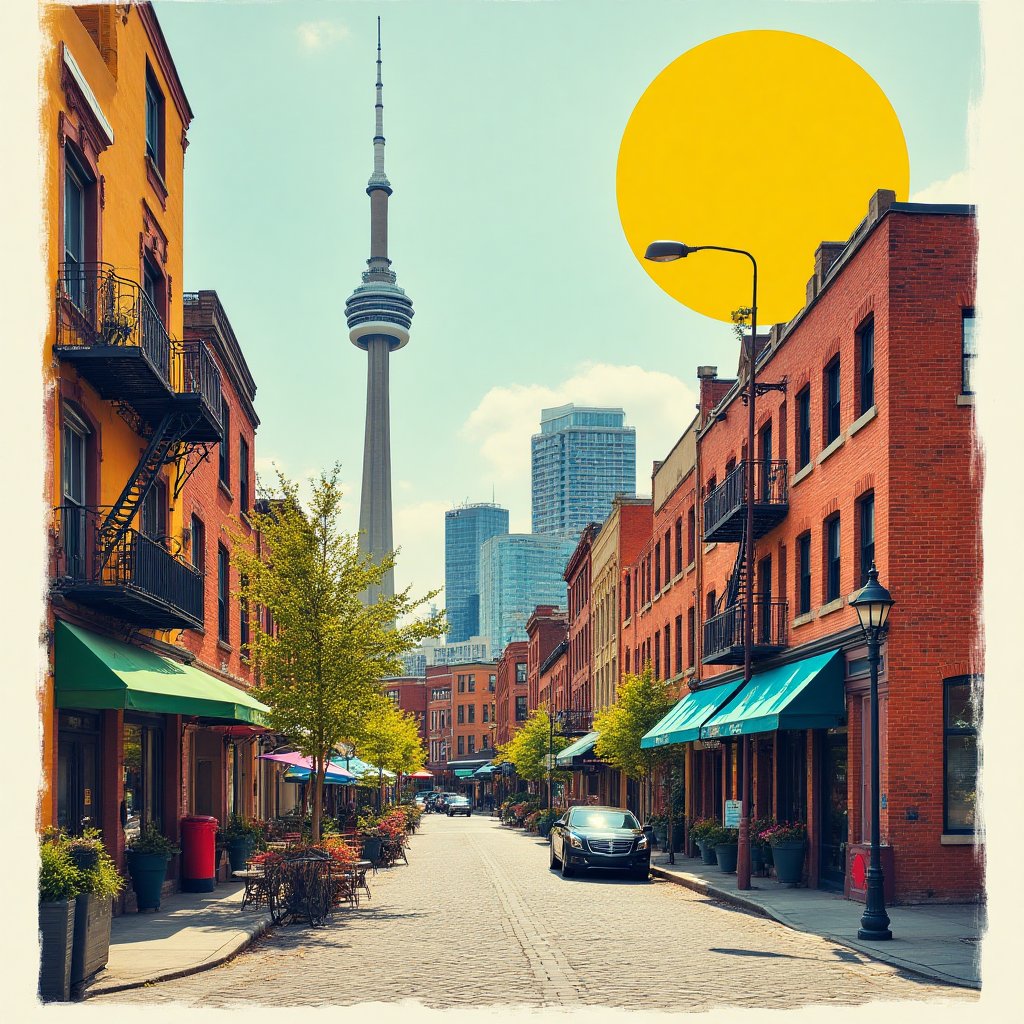
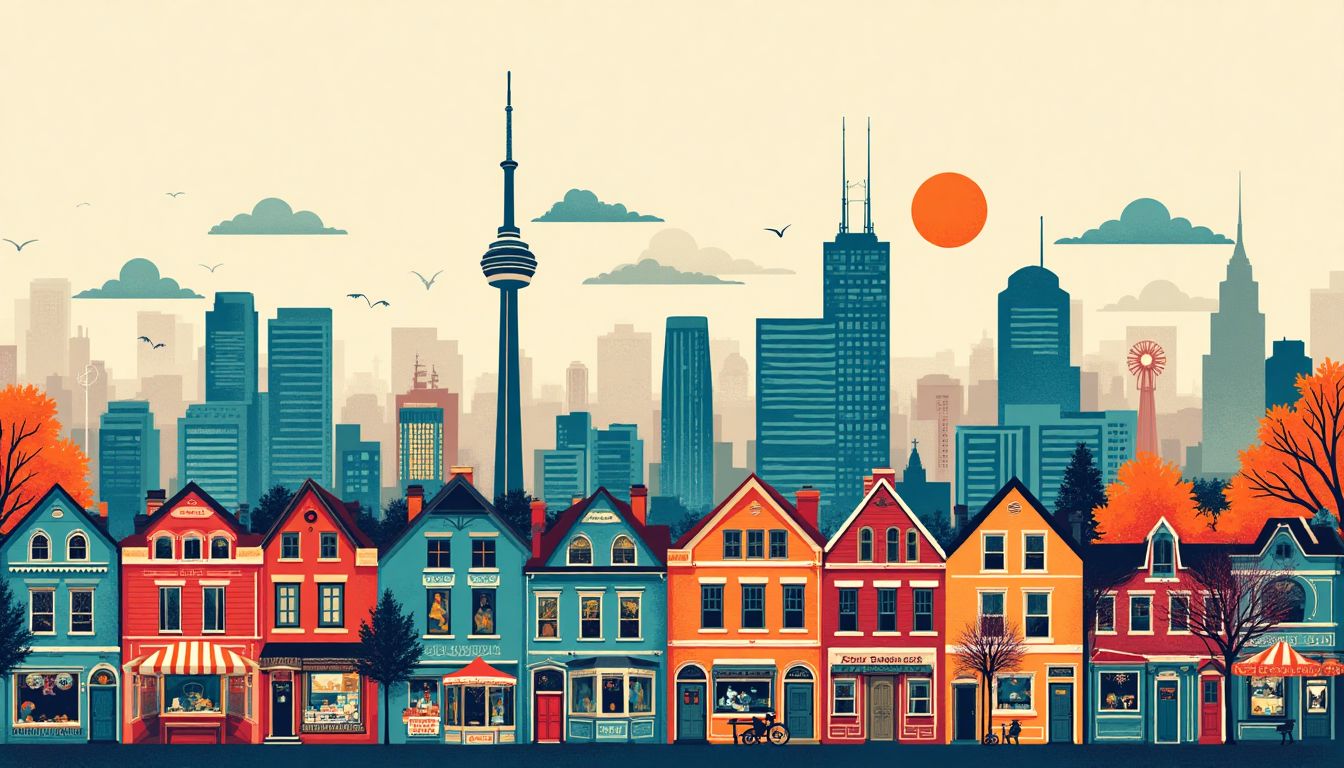
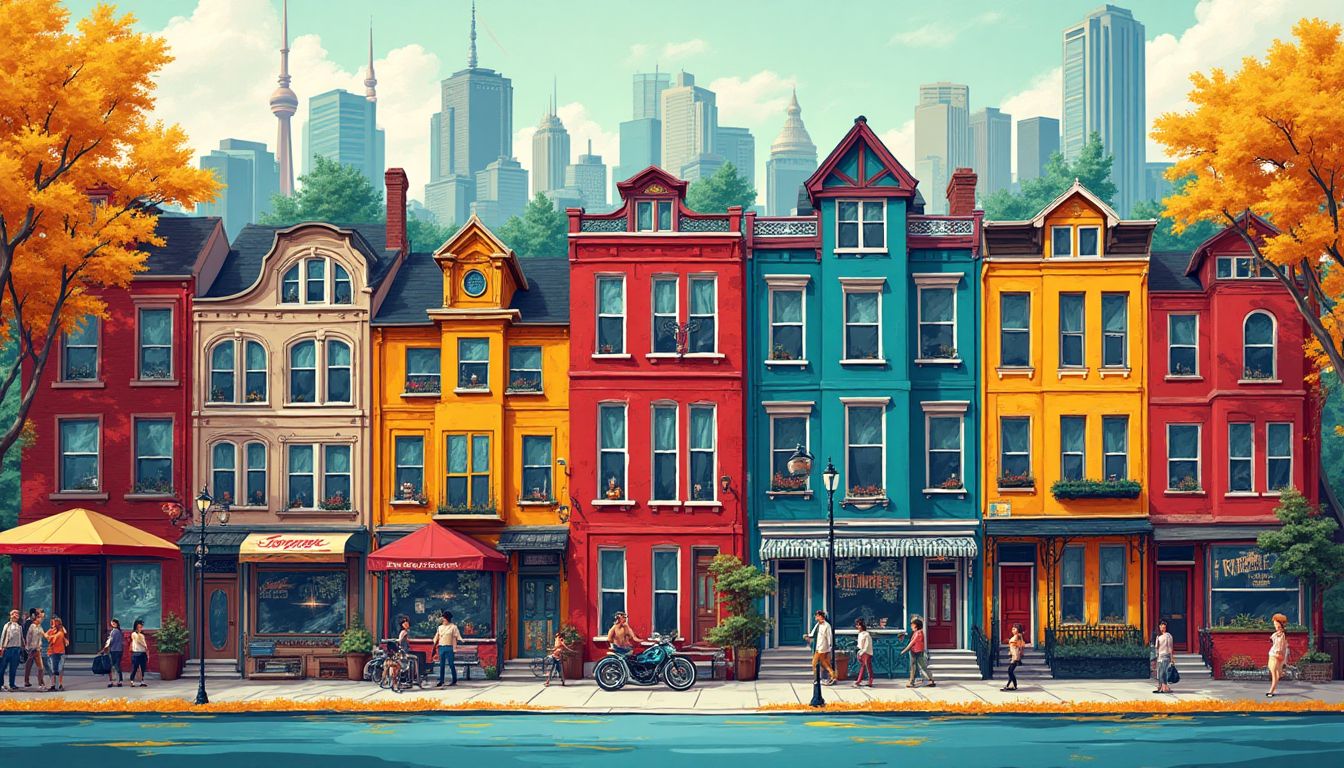
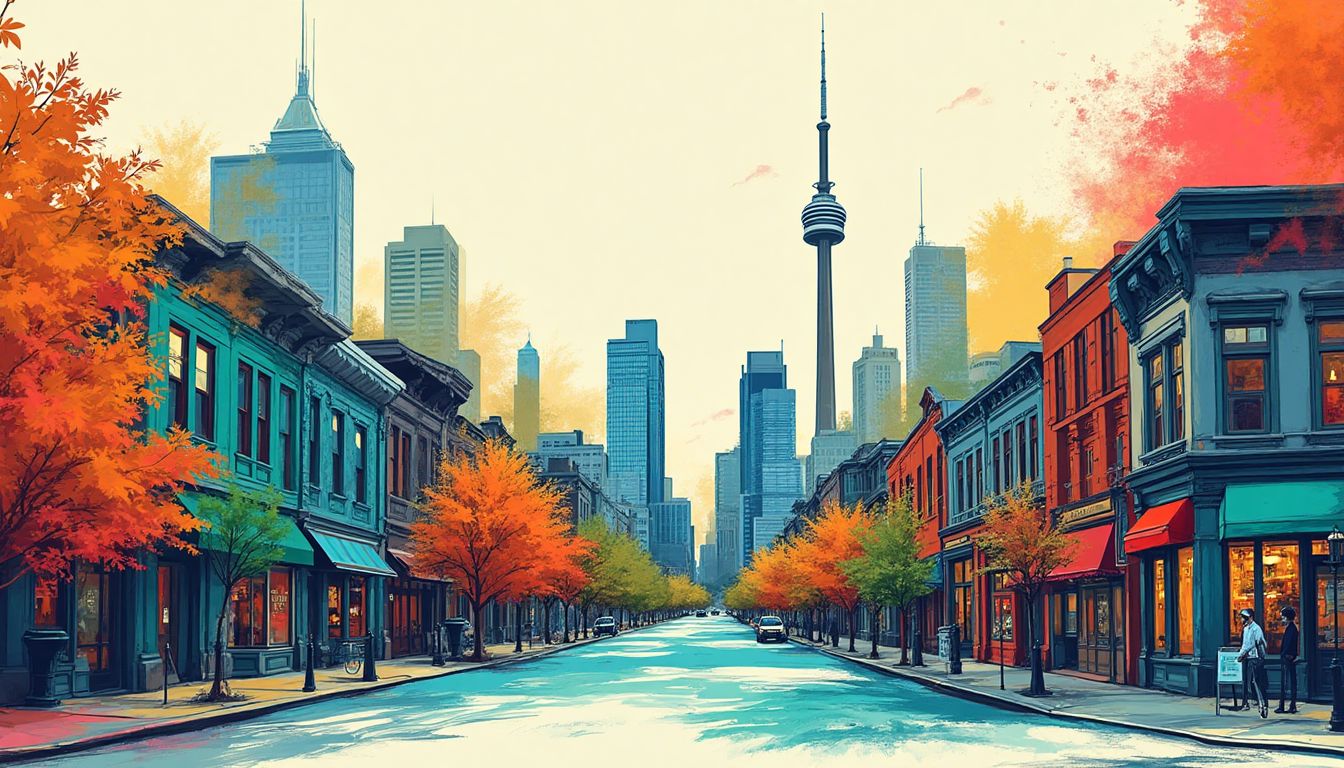
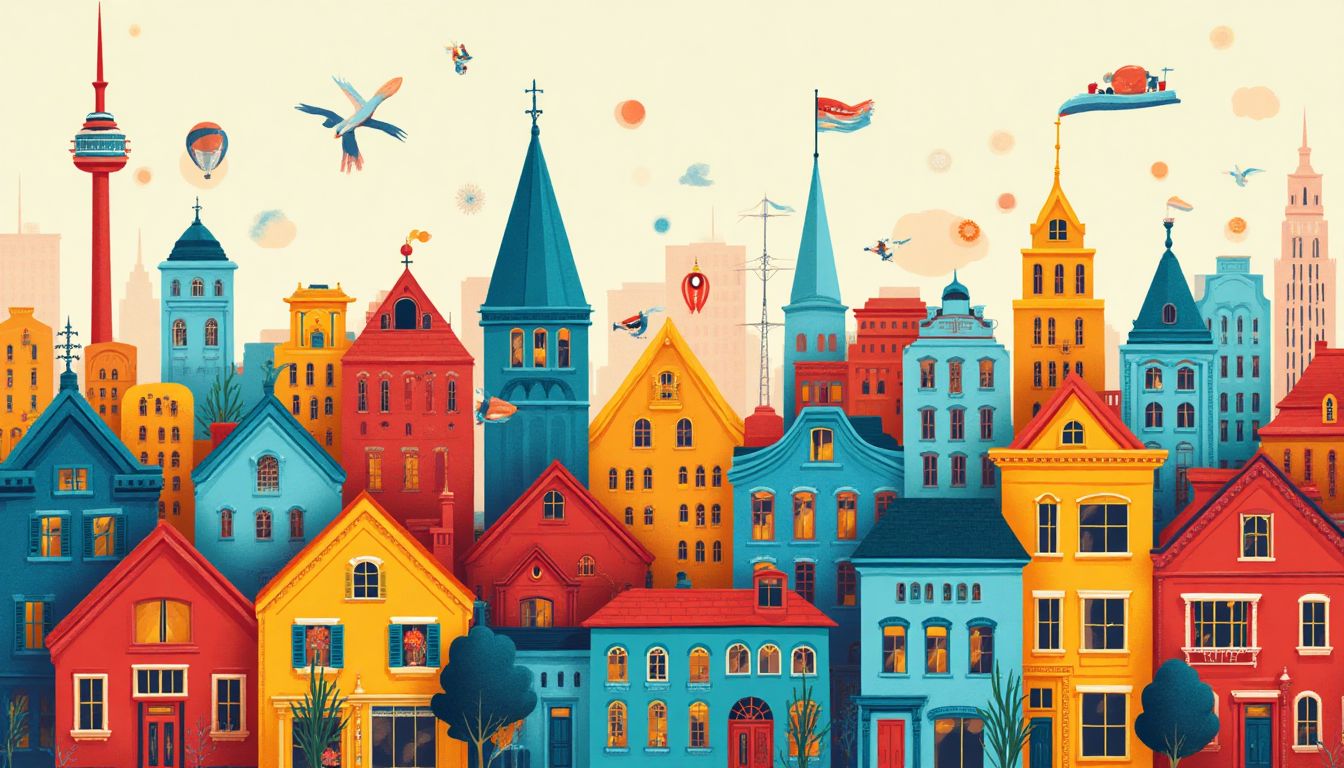







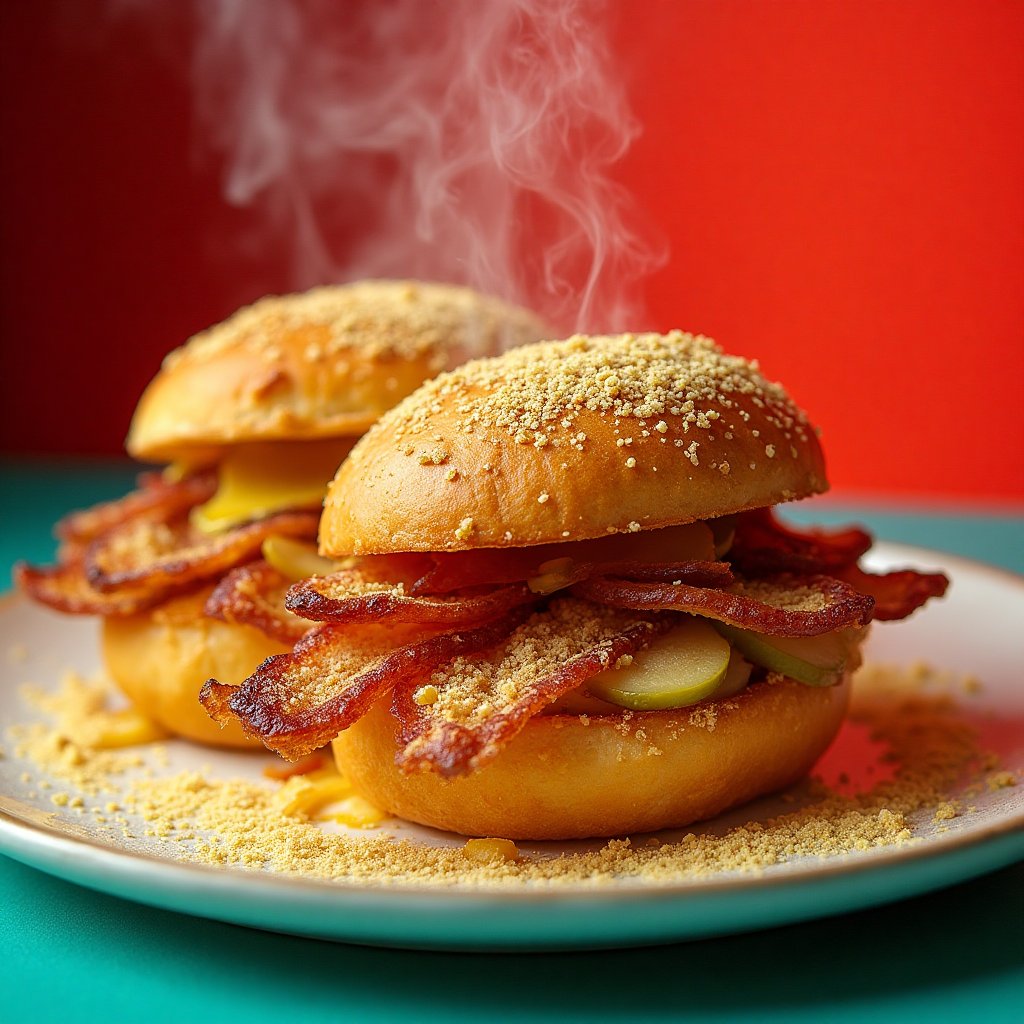
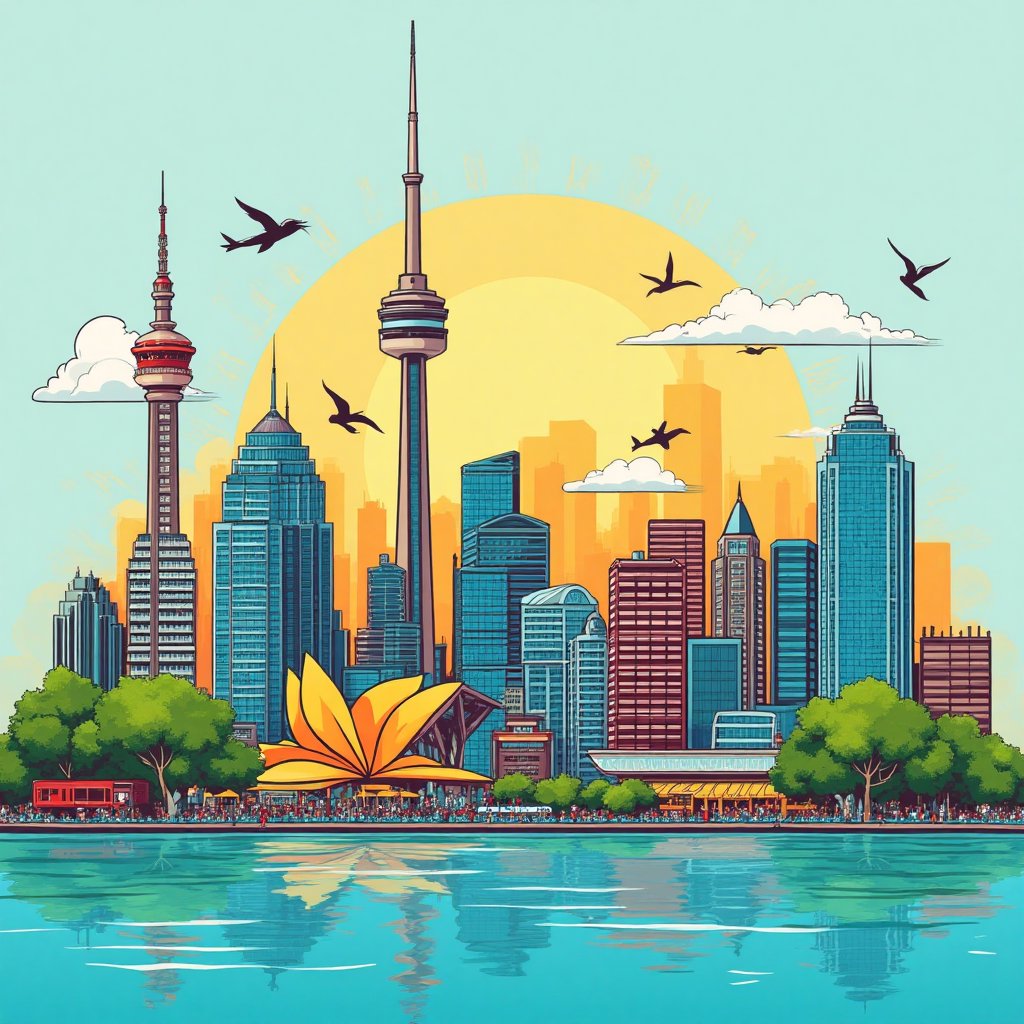















Post Comment
You must be logged in to post a comment.